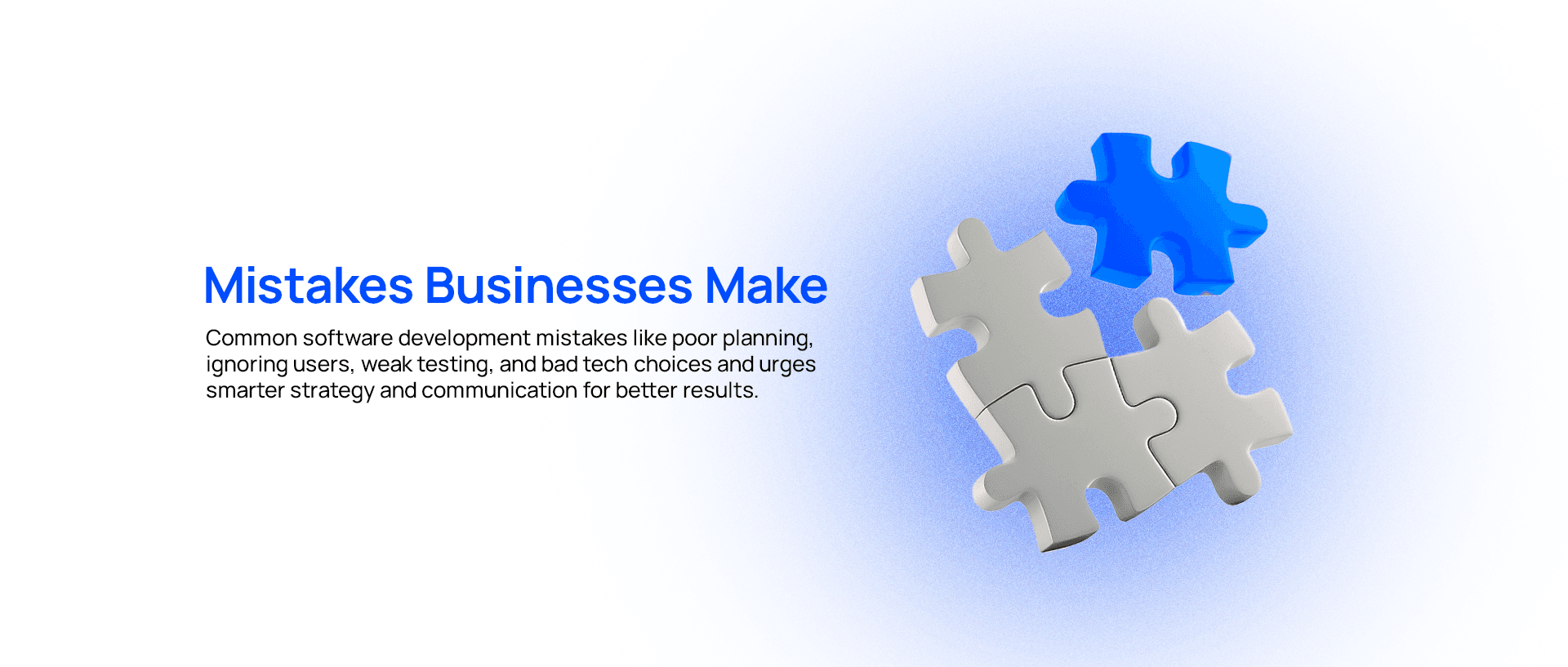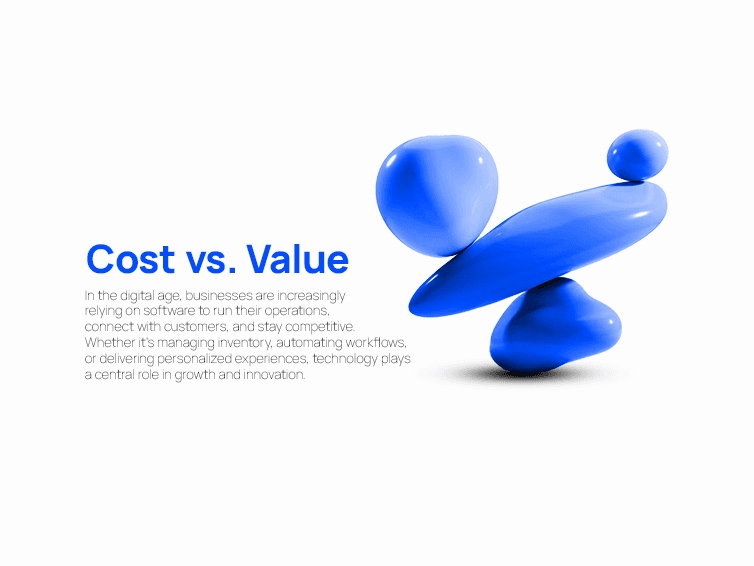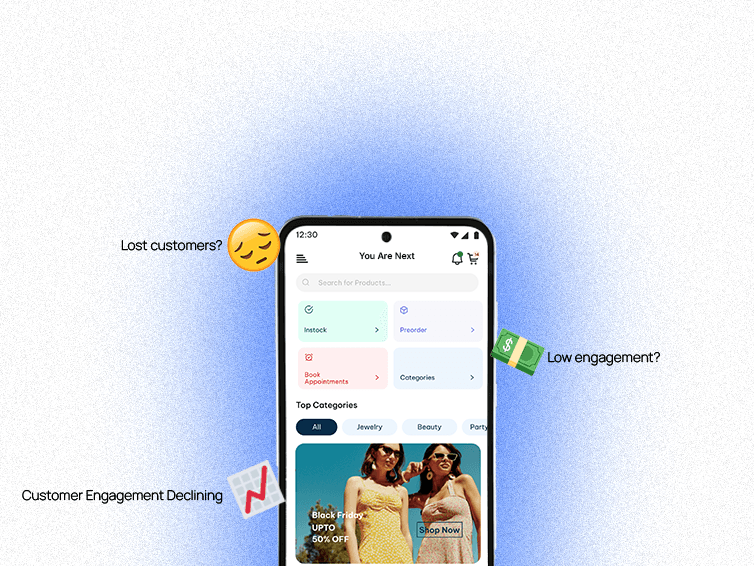Top Mistakes Businesses Make When Developing Software
Top Mistakes Businesses Make When Developing Software

Top Mistakes Businesses Make When Developing Software
Developing software — whether it’s a customer-facing app, an internal tool, or a large-scale enterprise platform — is one of the most exciting yet challenging projects a business can undertake. When done right, it can transform operations, enhance efficiency, and unlock new revenue streams.
However, many businesses fall into common traps that lead to delays, budget overruns, poor user experience, or even complete project failure.
To help you avoid these pitfalls, here are the top mistakes businesses make when developing software — and how to avoid them.
1. Skipping the Planning Phase
One of the biggest and most costly mistakes is jumping into development without a solid plan. Many teams rush to start coding without clearly defining:
- The business objectives
- The target audience
- The key features and success metrics
Without proper planning, your project can quickly spiral out of control — with changing requirements, scope creep, and misaligned expectations.
✅ How to avoid it: Start with a detailed requirements analysis and project roadmap. Define your MVP (Minimum Viable Product), prioritize features, and set realistic timelines. Clear documentation upfront will save time and money later.
2. Not Involving End Users Early
Software that doesn’t meet user needs is destined to fail. Too often, businesses make assumptions about what users want — only to discover after launch that the product doesn’t solve the right problems.
✅ How to avoid it: Involve users early and often through user interviews, prototypes, and usability testing. Their feedback will help refine features and ensure the final product truly adds value.
3. Choosing the Wrong Technology Stack
Another common pitfall is selecting technologies based on popularity or developer preference rather than project suitability. The wrong tech stack can lead to performance issues, scalability problems, and higher maintenance costs.
✅ How to avoid it: Work with experienced developers or a trusted software development partner who can evaluate your needs and recommend technologies that align with your goals, budget, and long-term scalability.
4. Underestimating the Importance of UX/UI Design
Even if your software is powerful under the hood, a poor user experience can ruin it. Many businesses treat design as an afterthought, focusing solely on functionality.
✅ How to avoid it: Invest in UX/UI design early in the process. A well-designed interface enhances usability, improves adoption rates, and strengthens your brand image.
5. Ignoring Quality Assurance (QA) and Testing
Skipping or rushing testing is one of the most damaging mistakes in software development. Bugs and glitches can lead to frustrated users, negative reviews, and even security vulnerabilities.
✅ How to avoid it: Implement a comprehensive QA strategy that includes automated testing, manual testing, and user acceptance testing (UAT). Make testing a continuous process — not a one-time task before launch.
6. Mismanaging Scope and Requirements (Scope Creep)
Scope creep happens when new features or changes are added during development without adjusting timelines or budgets. This is one of the top reasons software projects fail.
✅ How to avoid it: Use Agile or Scrum methodologies to manage change effectively. Have a clear process for evaluating and approving new requirements, and communicate their impact on deadlines and costs.
7. Neglecting Communication and Collaboration
Poor communication between stakeholders, developers, and designers often leads to misunderstandings, rework, and frustration. This is especially true when teams are distributed or working remotely.
✅ How to avoid it: Use project management tools like Jira, Trello, or Asana to track progress and ensure transparency. Hold regular stand-ups or sprint reviews to keep everyone aligned and informed.
8. Overlooking Security from the Start
Security isn’t something that can be bolted on at the end — yet many businesses make this mistake. Weak authentication, unencrypted data, and poor coding practices can leave your software vulnerable to attacks.
✅ How to avoid it: Integrate security best practices from day one. Use secure coding standards, regular vulnerability testing, and role-based access control. Remember: fixing security flaws post-launch is far more expensive than preventing them.
9. Failing to Plan for Maintenance and Updates
Software development doesn’t end at launch. Many businesses underestimate the ongoing need for updates, bug fixes, and feature enhancements. Without maintenance, even great software becomes obsolete.
✅ How to avoid it: Set aside a post-launch budget for continuous improvements. Plan for regular updates, monitor performance, and collect user feedback to keep your software relevant and effective.
10. Choosing the Wrong Development Partner
Perhaps the most critical mistake is partnering with a team that lacks the right experience, communication style, or alignment with your goals. A poor choice can result in missed deadlines, poor quality, and endless frustration.
✅ How to avoid it: Evaluate potential partners based on their portfolio, client reviews, technical expertise, and communication practices. A good partner won’t just write code — they’ll help you shape a product that drives business growth.
11. Ignoring Data and Analytics
Without tracking how users interact with your software, you’re missing out on valuable insights that can guide improvements and future features.
✅ How to avoid it: Integrate analytics tools (like Google Analytics, Mixpanel, or custom dashboards) to track usage patterns, conversion rates, and user behavior. Data-driven decisions lead to better outcomes.
Conclusion
Software development is a journey that requires strategy, collaboration, and continuous improvement. Mistakes are inevitable — but with the right mindset and planning, you can minimize risks and set your project up for success.
Written by


